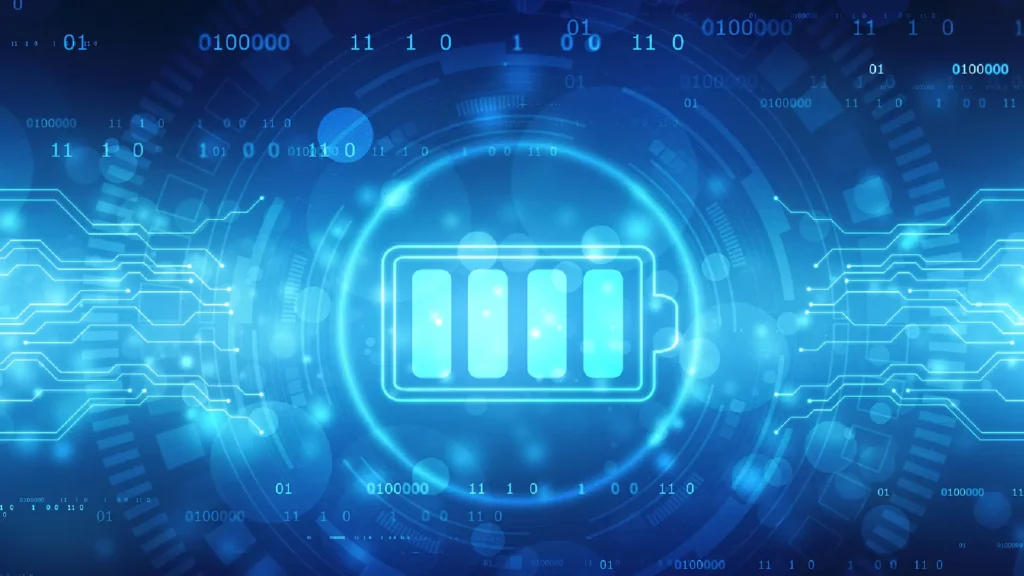Welcome to my comprehensive guide on how to charge batteries more efficiently. In this detailed article, I'm excited to share with you the strategies, technologies, and best practices I've discovered for optimizing the charging of various battery types.
This guide is perfect for anyone eager to prolong their battery life, save energy, and make a positive impact on the environment. Join me as we delve into the world of smart battery charging!
Understanding the Fundamentals Efficiency of Battery Charging
Efficiency of battery charging is a process that goes far beyond simply connecting your device to a power source. It involves complex chemical reactions and requires an understanding of the physical properties of batteries.
By mastering the principles of battery charging efficiency, users can ensure their devices operate at peak performance for longer periods, thus saving time, energy, and money.
The Importance of Efficiency of Battery Charging
Efficiency of Battery Charging is crucial for battery performance and lifespan. It measures the usable energy stored in the battery compared to the total energy consumed during charging.
It's expressed as a percentage, with higher percentages indicating better efficiency. Factors like battery type, charging method, and environmental conditions affect charging efficiency.
- Maximizing Energy Transfer
Efficiency of Battery Charging is crucial because it directly affects how much energy is effectively transferred to the battery. When charging is inefficient, a significant portion of the electrical energy is lost as heat, which not only wastes electricity but also generates excess heat that can be detrimental to the battery's health.
- Prolonging Battery Life
Efficiency of Battery Charging practices can significantly extend the lifespan of your batteries. When a battery is charged efficiently, it experiences less stress and heat buildup, reducing the risk of degradation and capacity loss over time.
- Reducing Environmental Impact
Efficiency of battery charging also has environmental implications. Wasting energy through inefficient charging contributes to increased energy consumption and greenhouse gas emissions.
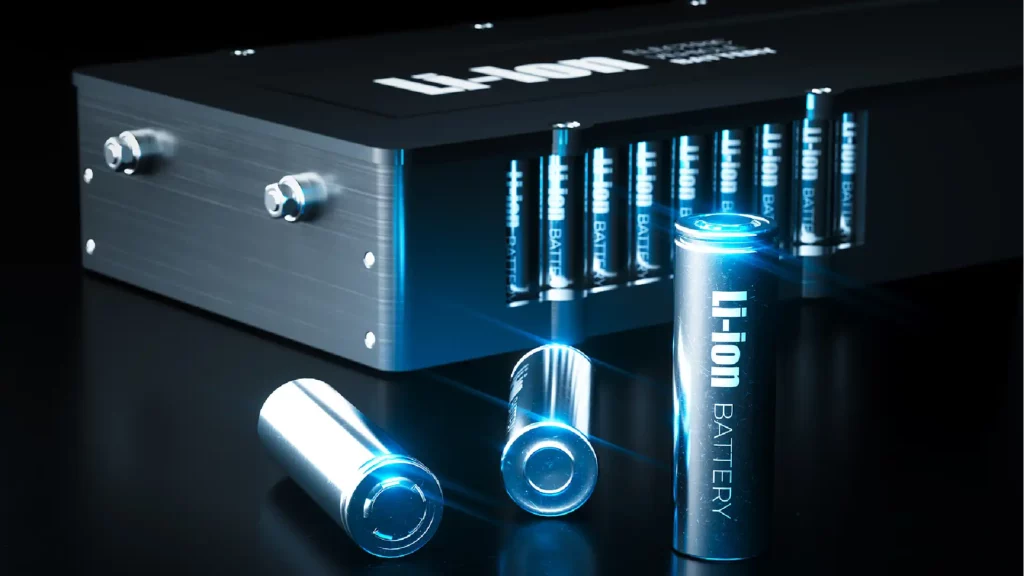
Types of Battery Charging Efficiency
Lithium-Ion Batteries: A Deep Dive
Lithium-ion batteries are a cornerstone of modern technology, found in everything from smartphones to electric cars. Maximizing the charge efficiency of battery is essential for prolonging their lifespan and ensuring they operate safely.
- Optimal Charging Levels: To maintain the efficiency of lithium-ion batteries, it's recommended to keep them charged between 20% and 80%. This prevents stress and strain on the battery, thus enhancing its overall efficiency.
- Temperature Management: The efficiency of lithium-ion batteries is highly temperature-dependent. Charging them in a cool environment ensures better energy storage and reduces the risk of overheating, which can be detrimental to their lifespan.
- Advanced Charging Techniques: Utilizing smart chargers that adapt the charging current and voltage based on the battery's status can greatly improve charging efficiency. These chargers prevent overcharging and undercharging, which are critical for maintaining battery health.
Nickel-Metal Hydride (NiMH) Batteries and Their Efficiency
NiMH batteries, though not as prevalent as lithium-ion, are still widely used in various electronic devices. Understanding how to charge these batteries efficiently is key to maximizing their potential.
- Conditioning Cycles: NiMH batteries benefit from occasional conditioning cycles. This involves fully discharging and then fully charging the battery to reset its memory state, thereby improving its efficiency.
- Avoiding Overcharging: Overcharging can significantly reduce the efficiency of NiMH batteries. Using a smart charger that automatically shuts off when the battery is full is crucial.
- Charge at Moderate Temperatures: Like lithium-ion batteries, NiMH batteries charge more efficiently at moderate temperatures. Extremely high or low temperatures can adversely affect their charging efficiency and overall lifespan.
Lead-Acid Batteries: Ensuring Efficient Charging
Lead-acid batteries are commonly used in vehicles and backup power systems. They have different charging requirements compared to lithium-ion and NiMH batteries.
- Regular Maintenance for Efficiency: Regular maintenance, including checking and adjusting electrolyte levels, is crucial for maintaining the efficiency of lead-acid batteries.
- Using the Right Charger: Employing a charger that provides the correct charging algorithm for lead-acid batteries is essential. This ensures the batteries are charged efficiently and safely, maximizing their lifespan and performance.
- Understanding Charging Stages: Lead-acid batteries benefit from a multi-stage charging process. This includes a bulk charge phase, an absorption phase to bring the battery up to full charge, and a float charge phase to maintain the charge without overcharging.
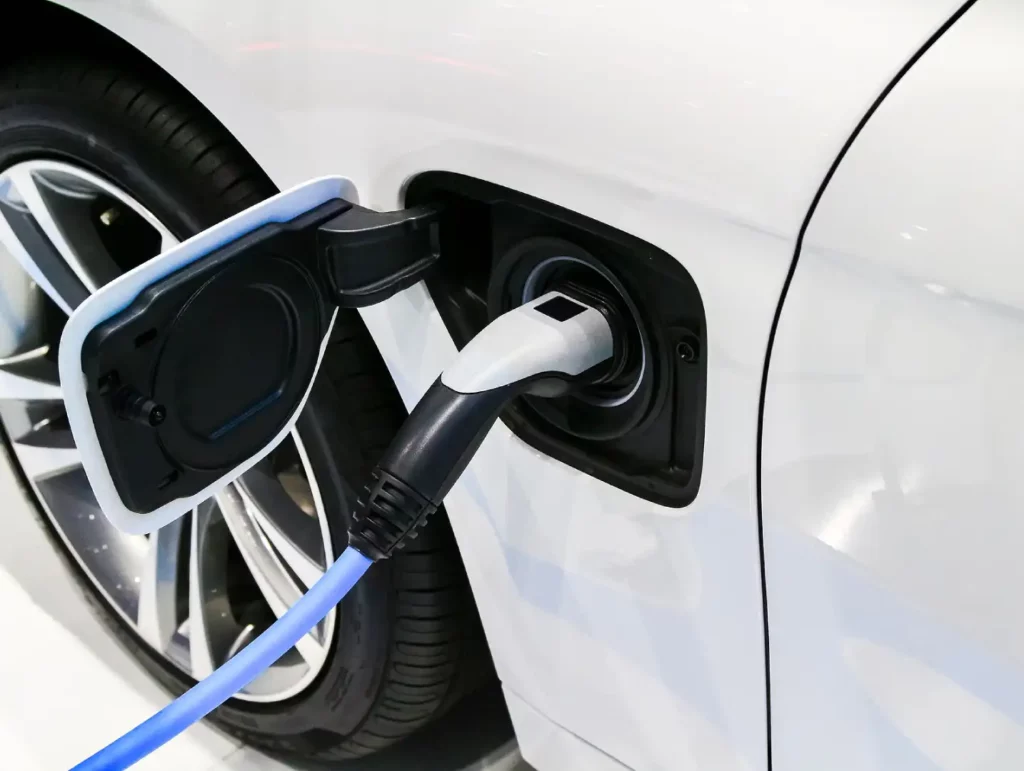
Advanced Charging Technologies for Optimal Efficiency
- The Evolution of Smart Charging Systems
Smart charging systems are at the forefront of charging technology. These systems use algorithms to monitor the battery's condition and adjust the charging process accordingly.
- Wireless Charging: Balancing Convenience and Efficiency
Wireless charging has become increasingly popular due to its convenience. However, it's important to balance this convenience with efficiency considerations
- Fast Charging and Its Impact on Efficiency
Fast charging technology is a game-changer, especially for electric vehicles and mobile devices. However, the increased charging speed can sometimes come at the cost of reduced battery lifespan and efficiency.
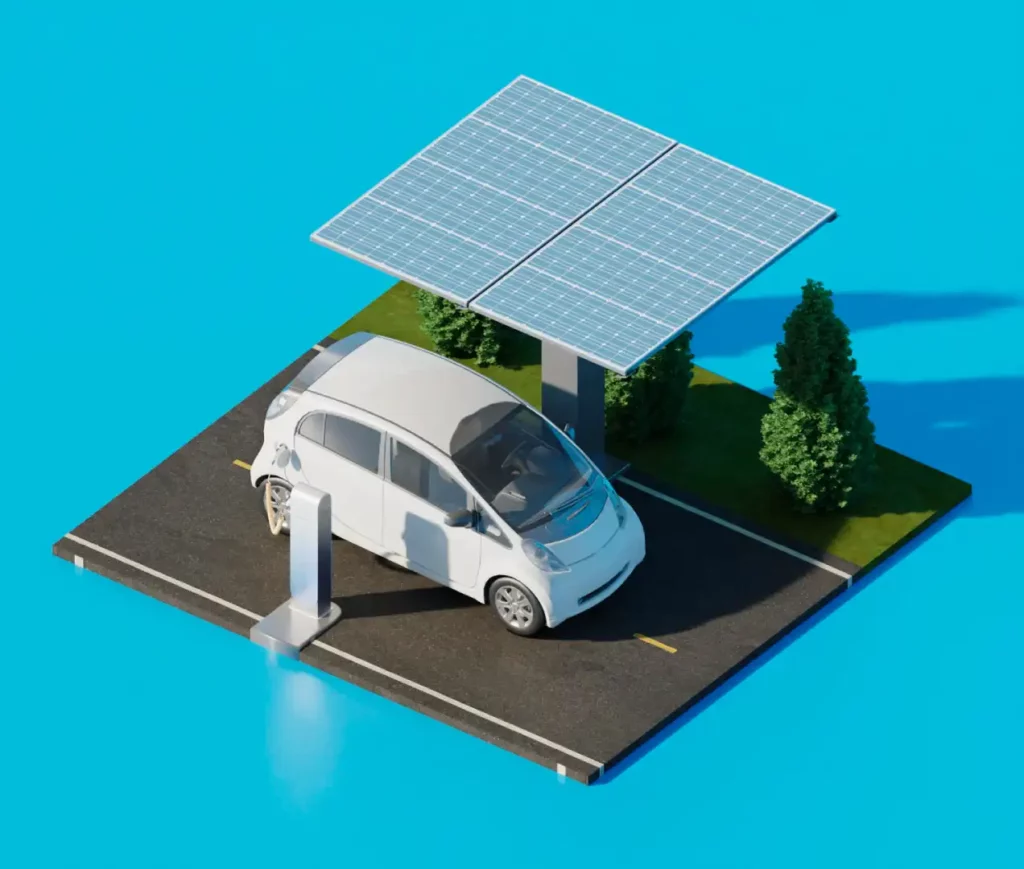
Harnessing Solar Power for Efficiency of Battery Charging
Solar charging has emerged as a sustainable and eco-friendly way to charge batteries of various types.
Benefits of Solar Charging
Solar charging has gained popularity due to its numerous advantages, including:
- Sustainability: Solar energy is renewable and abundant, making it an eco-friendly choice for charging batteries.
- Cost Savings: By utilizing sunlight, users can reduce electricity bills and save money in the long run.
- Off-Grid Power: Solar charging allows users to access power in remote locations or during power outages.
- Environmentally Friendly: Solar charging generates electricity without emitting greenhouse gases or contributing to air pollution. It helps reduce our carbon footprint and combat climate change.
- Energy Independence: Solar charging provides individuals and businesses with greater energy independence by relying on the sun's energy rather than fossil fuels, which are subject to price fluctuations and geopolitical conflicts.
- Low Maintenance: Solar charging systems require minimal maintenance. Regular cleaning and occasional inspections are usually sufficient to keep them operating efficiently. This translates into lower operating costs over time.
- Quiet Operation: Unlike noisy generators or some traditional power sources, solar chargers operate silently, making them suitable for residential areas and noise-sensitive environments.
Maximizing Solar Charging Efficiency
To ensure the most efficient use of solar charging, consider the following factors:
- Panel Orientation and Tilt: Position solar panels to face the sun optimally and adjust the tilt angle based on the geographical location for maximum energy capture.
- Solar Tracking Systems: Solar tracking systems that follow the sun's movement throughout the day can significantly enhance energy production.
- Battery Selection: Choose the right battery technology, such as deep-cycle batteries, to store solar energy efficiently.
- Location and Climate: The geographical location of your solar panels plays a crucial role in their efficiency.
- Panel Cleanliness and Maintenance: Regularly clean your solar panels to remove dirt, dust, bird droppings, and other debris that can block sunlight.
- Inverter Efficiency: The inverter converts the DC (direct current) electricity generated by the solar panels into AC (alternating current) electricity for use in your home.
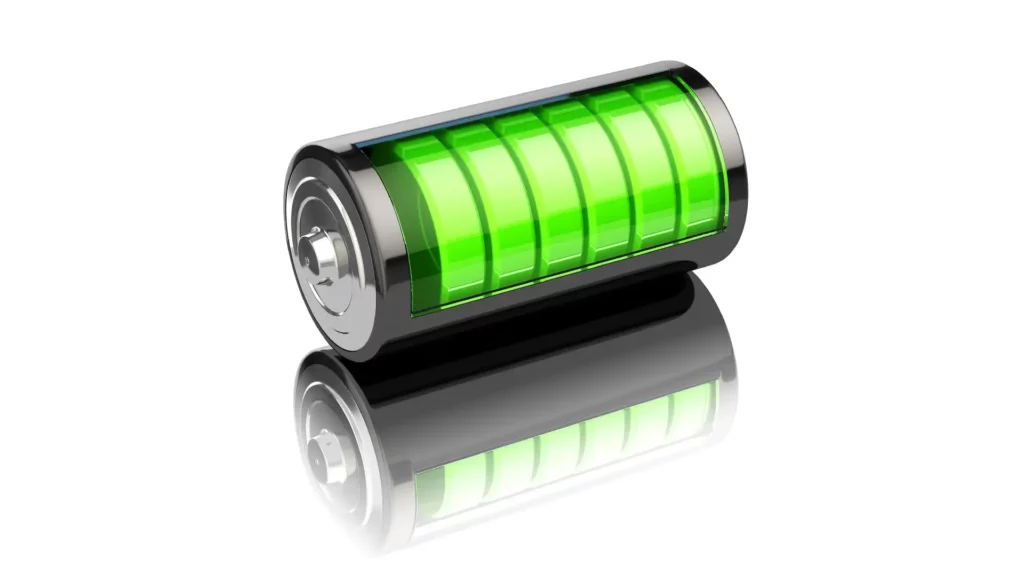
Temperature's Role in Charging Efficiency
Identifying the Optimal Charging Temperature Range
The efficiency of battery charging is heavily influenced by temperature. Each type of battery has an optimal temperature range for charging. Charging outside of this range can lead to decreased efficiency and potential damage to the battery.
Strategies for Temperature Management
To maximize charging efficiency, it's important to manage the temperature of the battery. This can be done through environmental control or by using charging systems that include cooling mechanisms.
By maintaining the battery within its optimal temperature range, users can significantly enhance charging efficiency.
Charge Efficiency of Battery in Portable Power Banks
Portable power banks have become indispensable companions for users on the go, providing a convenient solution for charging mobile devices when an electrical outlet is out of reach.
Understanding charge efficiency of battery in Portable Power Banks
Charge Efficiency of Battery in Portable Power Banks are essentially compact batteries designed to store and deliver electrical energy to charge other devices.
- Capacity and Output
The capacity of a power bank directly affects its ability to charge efficiency of battery device. Higher capacity allows for multiple charges before needing a recharge. Matching the power bank's capacity to the device's battery size ensures battery charge efficiency.
- Output Current and Voltage
The power bank's current and voltage affect its charging speed. It's important to know the device's input requirements (volts and amperes) and use a power bank with compatible output to safely charge efficiency of battery.
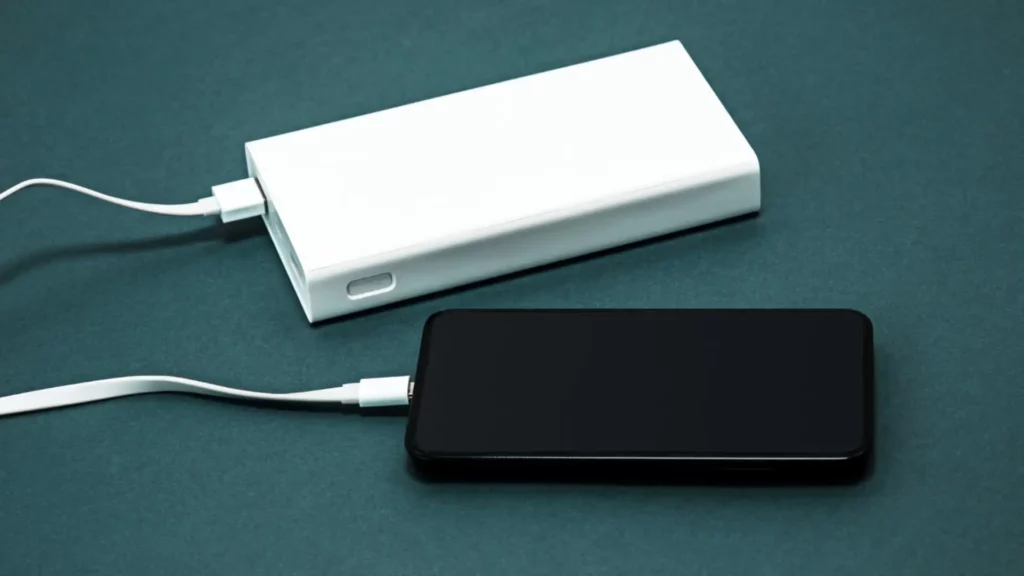
Optimizing Charge Efficiency of Battery in Portable Power Banks
Now, let's delve into strategies to optimize the efficiency of battery charging when using portable power banks:
- Selecting the Right Power Bank
Choosing a power bank with the appropriate capacity and output specifications for your devices is the first step toward charge efficiency of battery. Consider your typical charging needs, whether it's topping up a smartphone or charging larger devices like tablets or laptops.
- Monitoring battery charge efficiency
Many modern power banks come with LED indicators or digital displays that show the remaining capacity. Monitoring the power bank's charge level allows users to plan recharges effectively and avoid situations where the power bank itself runs out of power when needed.
- Charging Devices Strategically
Efficiency of battery charging also involves strategic planning. Charge your devices during periods of low power consumption, such as overnight, to make the most of the power bank's capacity.
Avoid using power-hungry apps or activities while charging to minimize energy consumption.
Frequently Asked Questions (FAQs) About Battery Charging Efficiency
1. Why is battery charging efficiency important?
Battery charge efficiency is crucial because it not only saves time but also helps in reducing energy consumption, lowering electricity bills, and extending the lifespan of your batteries. It also has environmental benefits by minimizing energy waste and reducing the need for frequent battery replacements.
2. Can overcharging a battery reduce its lifespan?
Yes, overcharging a battery can lead to reduced lifespan and potential safety hazards. Lithium-ion batteries, for example, are sensitive to overcharging, which can cause them to overheat and degrade faster.
3. What is the “memory effect” in NiMH batteries, and how can it be prevented?
The memory effect is a phenomenon in NiMH batteries where they “remember” their previous charge levels and become less efficient over time. To prevent it, perform periodic full discharges (completely drain the battery before recharging) to reset the memory effect.
4. Are wireless chargers as efficient as wired chargers?
Wireless chargers are convenient but are generally slightly less efficient than wired chargers. This is because some energy is lost in the form of heat during the wireless charging process.
5. What is the ideal temperature for battery charging?
The ideal temperature for battery charging varies depending on the type of battery. However, a general guideline is to charge batteries at temperatures between 32°F to 113°F (0°C to 45°C).
6. How do Battery Management Systems (BMS) improve charging efficiency?
Battery Management Systems (BMS) monitor and manage the charging process, ensuring that each cell within a battery is charged optimally. This prevents overcharging, undercharging, and helps balance the cells, ultimately enhancing charging efficiency and prolonging battery life.
7. Are fast charging technologies safe for batteries?
Fast charging technologies are generally safe when used as intended. However, they can generate more heat during charging, which can potentially lead to battery degradation over time. To balance speed and battery longevity, it's advisable to use fast charging when needed but switch to standard charging for daily use.
8. Why is recharging a car battery not 100 efficient?
Recharging a car battery is not 100% efficient due to several factors, including energy losses during the charging process, chemical reactions within the battery, and the conversion of electrical energy to chemical energy and vice versa.
9. How can I extend the lifespan of my car's lead-acid battery?
To extend the lifespan of a lead-acid battery in your car, regularly check the water levels and top up with distilled water if necessary. Additionally, using a three-stage charger that provides bulk, absorption, and float charging can help maintain the battery in optimal condition.
10. What are some future advancements in battery charging efficiency?
Future advancements in battery charging efficiency may include even smarter Battery Management Systems, improved fast charging technologies, and the integration of renewable energy sources for charging. These innovations aim to make charging even more efficient and sustainable.
Efficiency of Battery Charging Conclusion
In conclusion, understanding the efficiency of battery charging is a personal commitment to responsible energy use that empowers us to make a positive impact on our devices, our wallets, and the environment.
It's more than just a technical concept; it's a pathway to maximizing energy transfer, extending the life of our batteries, and reducing our carbon footprint. By optimizing our charging practices, we not only ensure our devices operate at their peak but also contribute to a world where every electron counts.
So, let's remember the efficiency of battery charging as we plug in our devices, harness solar power, or embrace advanced charging technologies. By prioritizing efficiency in our daily lives, we can create a sustainable future that benefits us all. It's not just about technology; it's about making conscious choices and taking personal responsibility for a greener, more efficient world.

